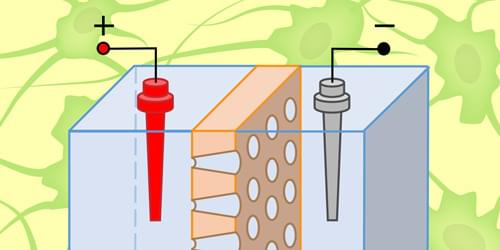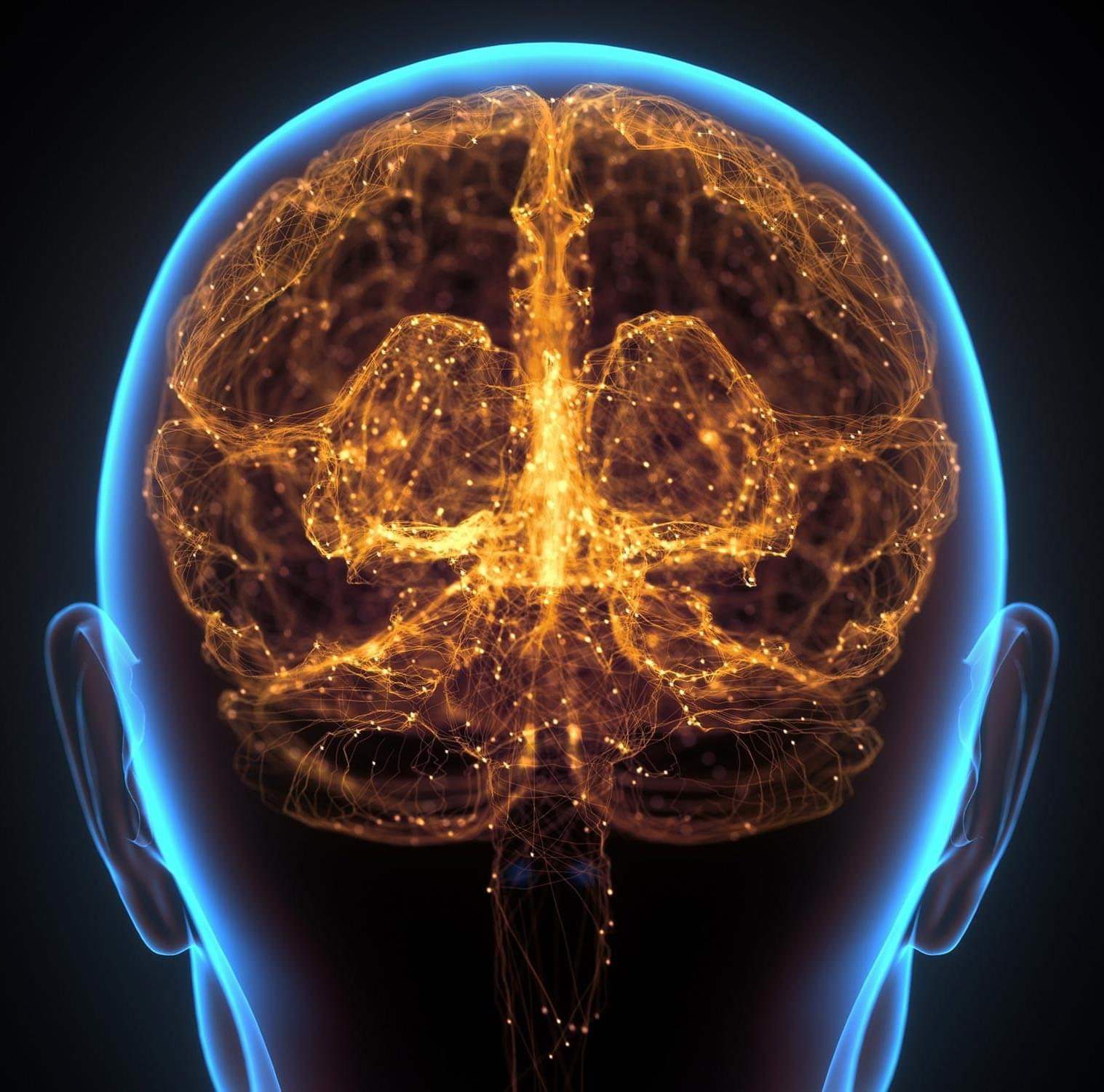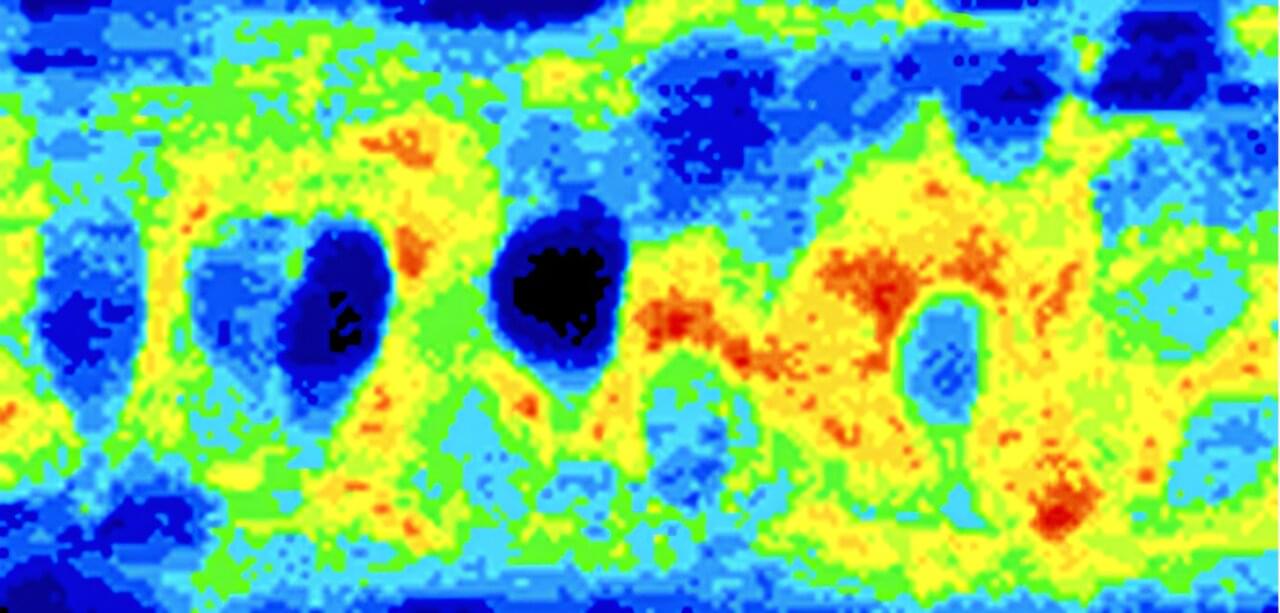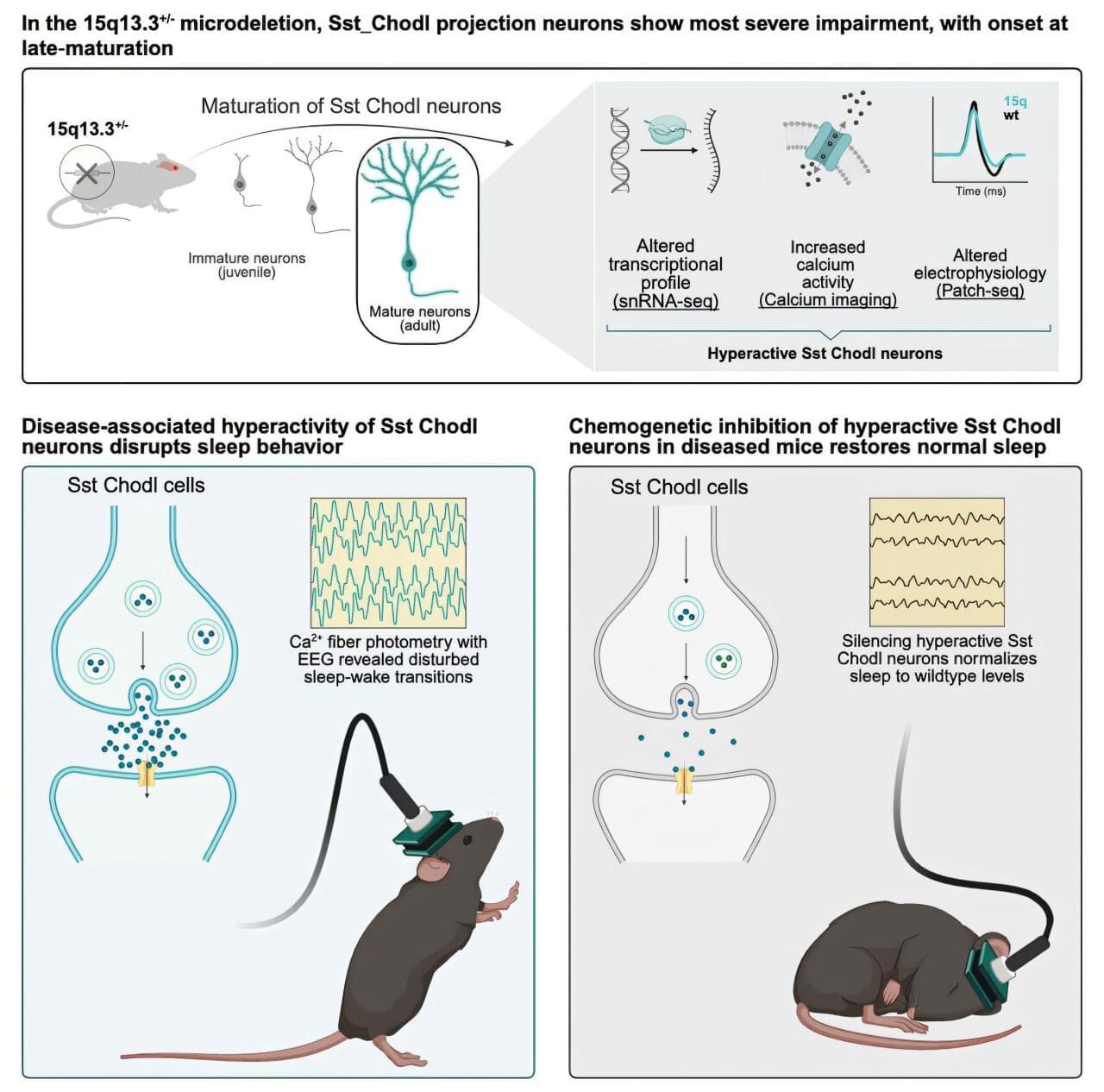Lead poisoning isn’t just a modern phenomenon: fossil teeth show signs that it affected ancient hominids, and Homo sapiens may have coped better than our close relatives.


Lead poisoning isn’t just a modern phenomenon: fossil teeth show signs that it affected ancient hominids, and Homo sapiens may have coped better than our close relatives.

Experiments with membranes offer a path toward scalable neuromorphic computing.
Imagine a future in which computers process information not with streams of electrons but with hydrated ions flowing through salt water, a system that mimics how the brain itself computes. This emerging field—known as iontronics, a portmanteau of ions and electronics—is rapidly growing as researchers design neuromorphic computing devices, inspired by animal nervous systems and powered by electrolyte solutions at the nanoscale [1–3]. Since Leon Chua introduced the memory resistor or “memristor” in the 1970s [4], these components have been considered revolutionary building blocks for neuromorphic computing. A memristor’s electrical resistance depends on the current that flowed through it before it was powered off, offering a way to store information. Unlike solid-state memristors, fluidic ones still face challenges in terms of scalability and integration with a circuit.

Psychopaths have a 10% larger striatum than non-psychopaths, suggesting biological differences in brain structure. This enlargement is tied to impulsivity and a higher craving for stimulation.
The discovery, seen in both men and women, points to psychopathy’s roots in neurodevelopment. It could lead to better understanding and interventions for antisocial behavior.
Brain scans reveal key difference in psychopaths.

ALS, also known as Lou Gehrig’s disease, is among the most challenging neurological disorders: relentlessly progressive, universally fatal, and without a cure even after more than a century and a half of research. Despite many advances, a key unanswered question remains—why do motor neurons, the cells that control body movement, degenerate while others are spared?
In a study appearing in Nature Communications, Kazuhide Asakawa and colleagues used single-cell–resolution imaging in transparent zebrafish to show that large spinal motor neurons —which generate strong body movements and are most vulnerable in ALS—operate under a constant, intrinsic burden of protein and organelle degradation.
These neurons maintain high baseline levels of autophagy, proteasome activity, and the unfolded protein response, suggesting a continuous struggle to maintain protein quality control.

A new study provides the best evidence to date that the connection patterns between various parts of the human brain can tell scientists the specialized functions of each region.
Previous research has shown the relationship between connectivity and brain function for just one or a few functions, such as perception or social interactions.
But this study goes further by providing a “bird’s eye view” of the whole brain and its many functions, said Kelly Hiersche, lead author of the study and doctoral student in psychology at The Ohio State University.

Difficulty completing everyday tasks. Failing memory. Unusually poor concentration. For many people living with schizophrenia, cognitive challenges are part of daily life. Alongside well-known symptoms such as hallucinations and delusions, these difficulties can make it hard to live the life they want. That is why researchers at the University of Copenhagen are working to find ways to prevent such symptoms—and they may now be one step closer.
In a new study, researchers discovered that a specific type of brain cell is abnormally active in mice displaying schizophrenia-like behavior. When the researchers reduced the activity of these cells, the mice’s behavior changed. The findings are published in the journal Neuron.
“Current treatments for cognitive symptoms in patients with diagnoses such as schizophrenia are inadequate. We need to understand more about what causes these cognitive symptoms that are derived from impairments during brain development. Our study may be the first step toward a new, targeted treatment that can prevent cognitive symptoms,” says Professor Konstantin Khodosevich from the Biotech Research and Innovation Center at the University of Copenhagen, and one of the researchers behind the study.



An international research team, led by Shinghua Ding at the University of Missouri, has identified a previously unknown genetic disease that affects movement and muscle control.
The disease—called Mutation in NAMPT Axonopathy (MINA) syndrome—causes damage to motor neurons, the nerve cells that send signals from the brain and spinal cord to muscles. It’s the result of a rare genetic mutation in a critical protein known as NAMPT, which helps the body’s cells make and use energy. When this protein doesn’t work as it should, cells can’t produce enough energy to stay healthy.
Over time, this lack of energy causes the cells to weaken and die, and leads to symptoms such as muscle weakness, loss of coordination and foot deformities—which can worsen over time. In severe cases, patients may eventually need a wheelchair.

Small cell lung cancer often metastasizes to the brain. A Stanford Medicine-led study shows the cancer cells form synapses with neurons, and signaling across these synapses encourages tumor growth.